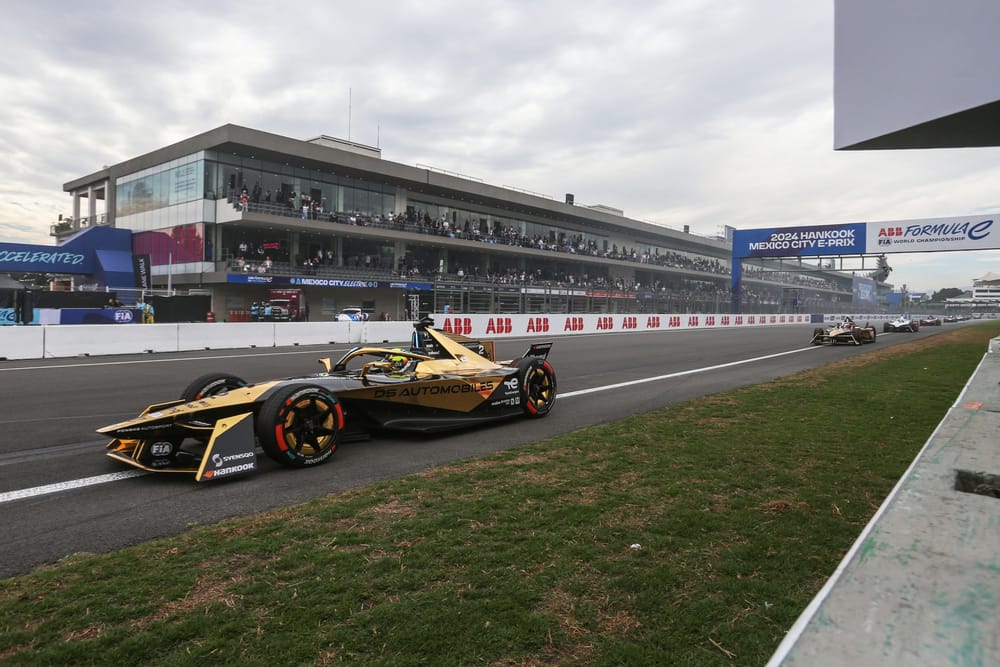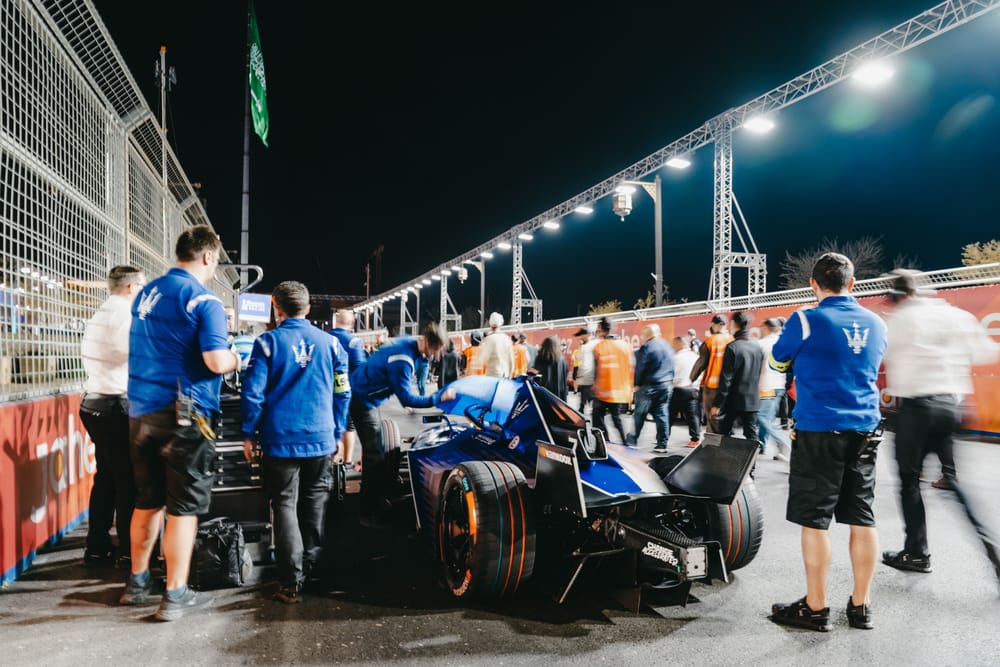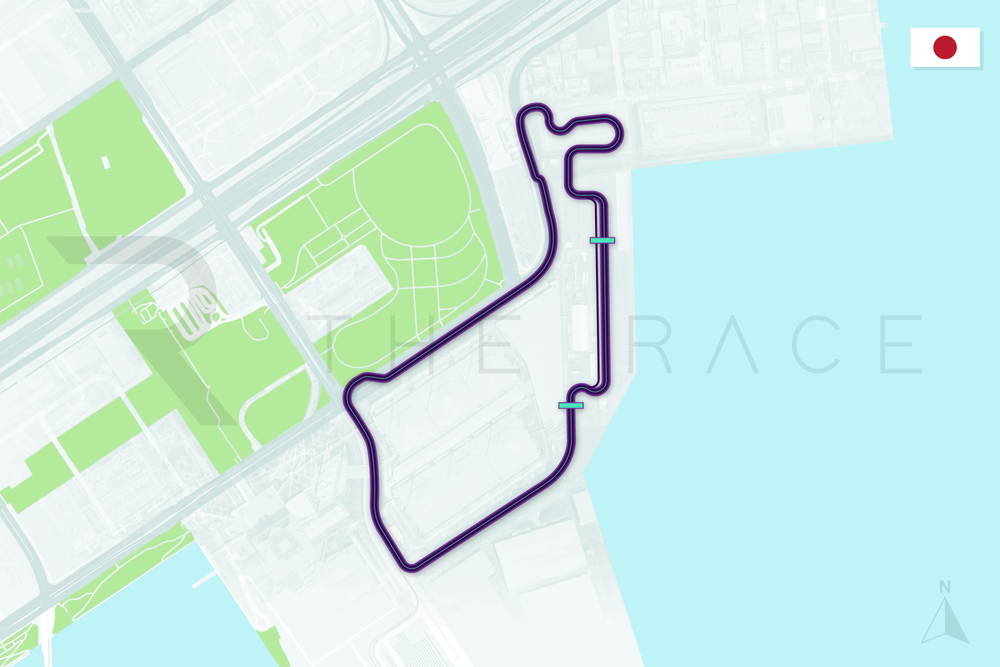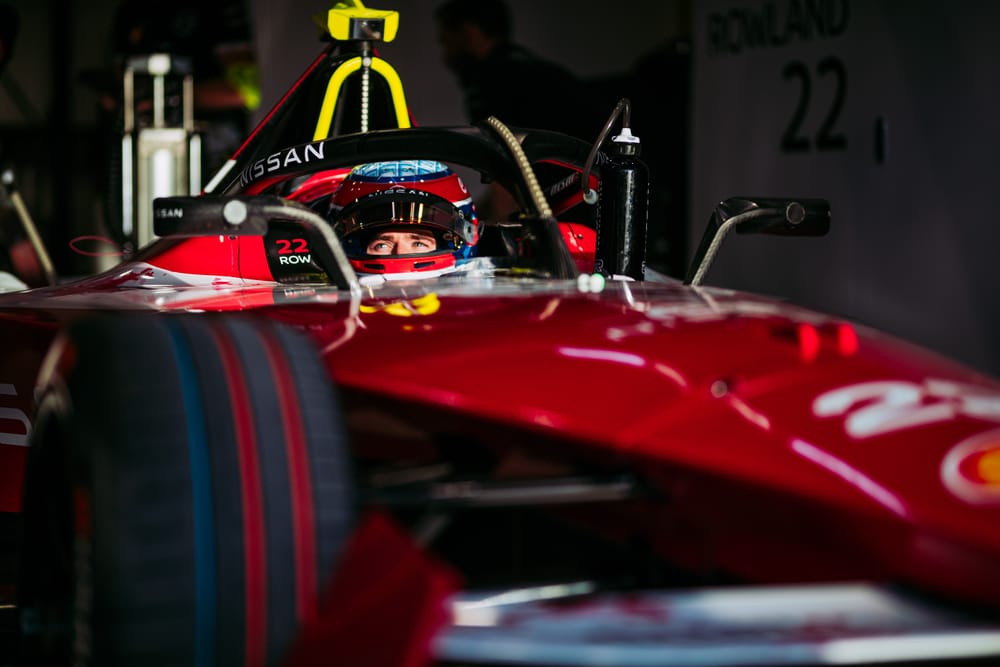Formula E has slowly but surely been backing away from genuine street circuits in recent seasons.
This has been through necessity rather than design but the direction is concerning for its star performers.
The 2024 season will feature only two genuine city street tracks: Monaco and Tokyo. The rest of the calendar is made up of permanent, airfield or exhibition hall circuits and in the case of Diriyah a purpose-built ‘street’ facility.
That contrasts starkly with the mid-point of Formula E’s existence in 2018/19 when there were six genuine city street circuit venues: Rome, Paris, Bern, Sanya, Hong Kong and New York City.
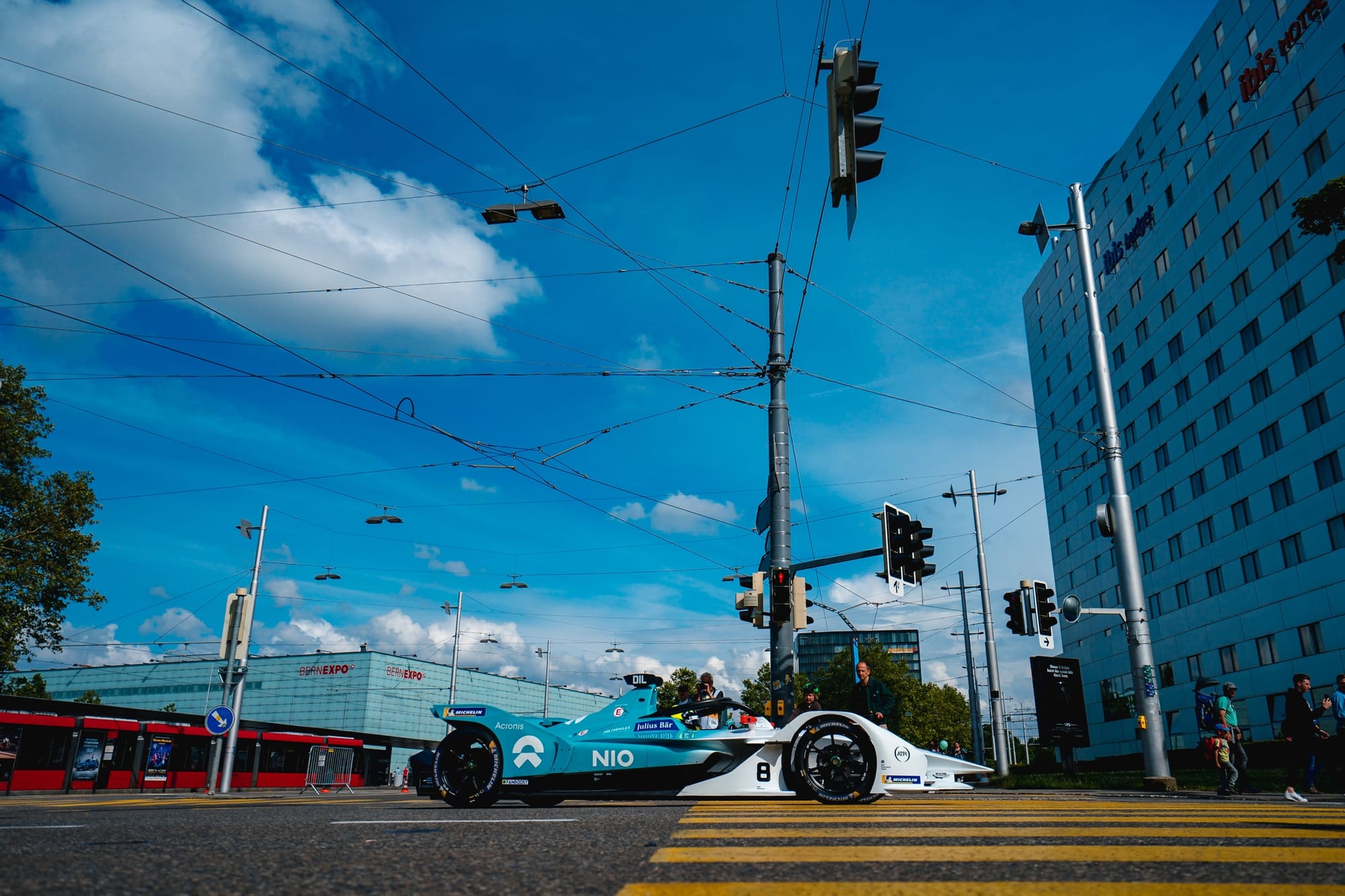
The reasons for the shift can be explained through a realisation that the mixture of cost and disruption to city centres was mostly not worth the trouble unless there was a significant backer to make the event happen.
When the Rome E-Prix was benched as FE’s Italian home last autumn in favour of the Misano circuit, it was presented as being due to a safety concern off the back of the dramatic race-stopping shunt last July.
Formula E cars are getting quick, true, but they aren’t getting so quick that they are dangerous at circuits like Rome.
Lucas di Grassi often mentions FE racing in Macau and is looked upon quizzically. But why couldn’t Formula E race there, at one of the greatest race tracks in the world, and one which would be so attractive to manufacturers and fans alike?
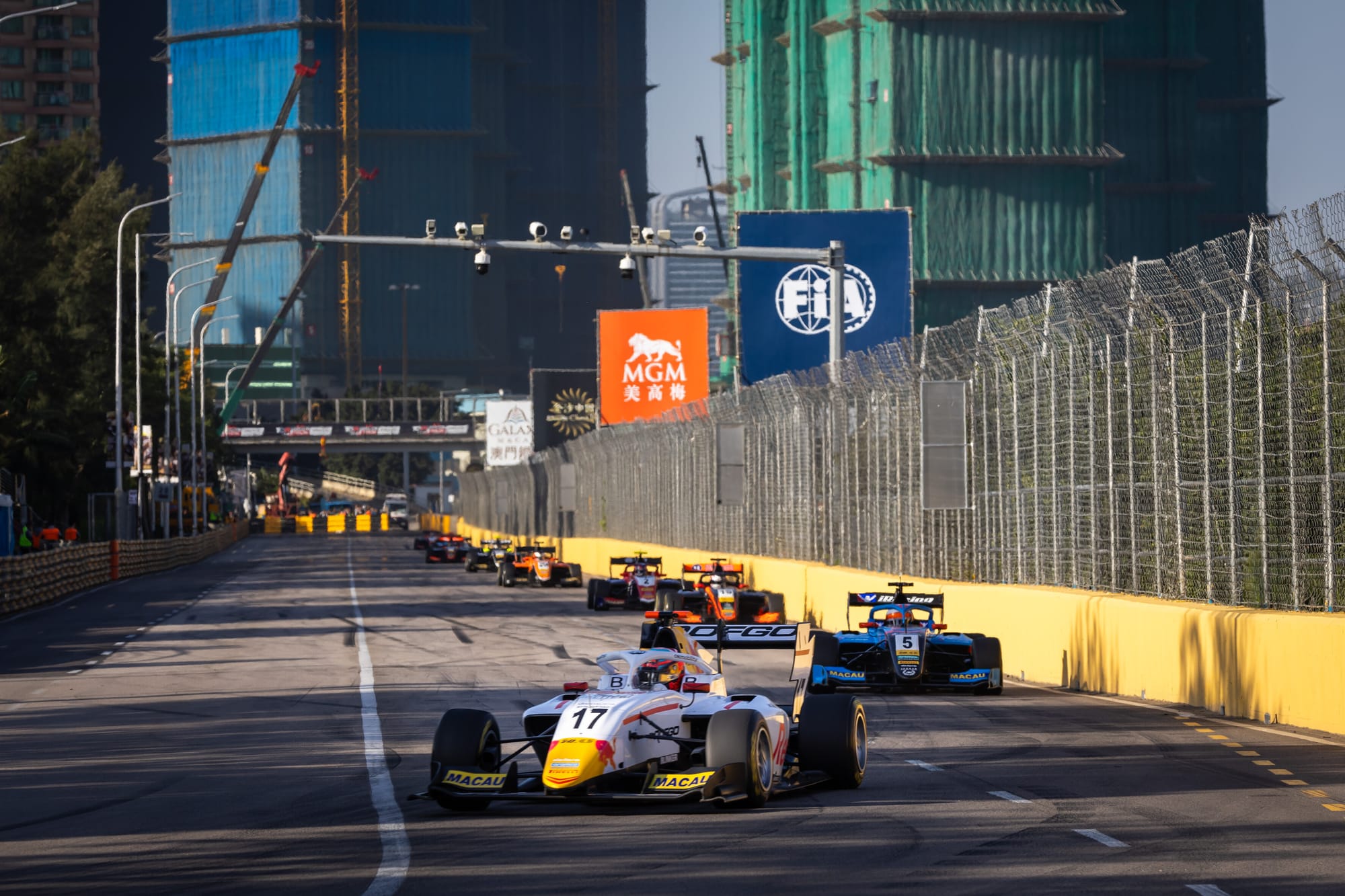
Formula 3 cars are, over a lap, still a decent chunk faster than Formula E, so racing in Macau wouldn’t be a problem at all on that front, although trusting them all to make it around the Melco Hairpin might be another matter entirely.
In reality, it is understood safety was actually a small fraction of the story with the Italian race, with the deciding factor being overtly commercial.
The cost of closing off the roads and erecting blocks, barriers and pits around municipal areas was believed to be around the €4-5million mark, even before other key infrastructure was added.
This is believed to have been ascertained as an area where Formula E could save money by switching to a purpose-built facility and use savings for other races such as the inaugural Tokyo E-Prix next month.
The model behind Formula E’s race-making has been open to question mainly due to the lack of consistency in venues and also the fact that, Diryah apart, there is an abject lack of continuity in promoters and commercial interest for the races.
In fact, Formula E itself more often than not takes on the promotion of events internally. In Tokyo, for example, it will have assistance from local agency Dentsu but the core promotion is being handled by the series itself.
It seems clear that the future for Formula E’s calendar is tilted towards a mixture of permanent and stadia- or exhibition hall-based tracks such as have been seen in Seoul, London and now Tokyo.
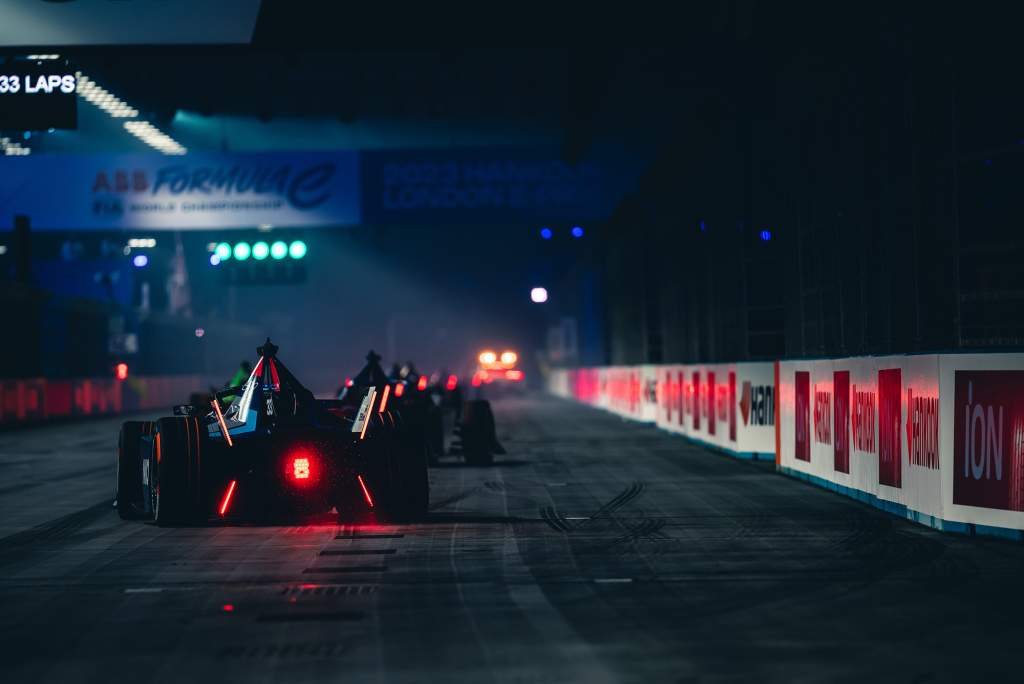
The long-rumoured race around a major Los Angeles stadium, believed to be the Dodger Stadium, home of the LA Dodgers baseball team, could be on the cards for an appearance on the 2025 calendar. But chances of new city centre races on the streets are clearly thin on the ground.
Successful and long-standing races in city centres are rare in Formula E. Diriyah is an exception but is erected on land that does not include residential or commercial areas of the city.
Rome, Hong Kong and Paris had reasonable multi-year runs but the list of one-off Formula E tracks is long: Santiago (at its original site), Zurich, Bern, Montreal, Miami and Moscow.
The disruption caused by some of those races, notably Santiago in 2018 and Bern a year later, led to protests, ill-feeling among local businesses and in Santiago’s case random violence meted out to some team personnel and organisers.
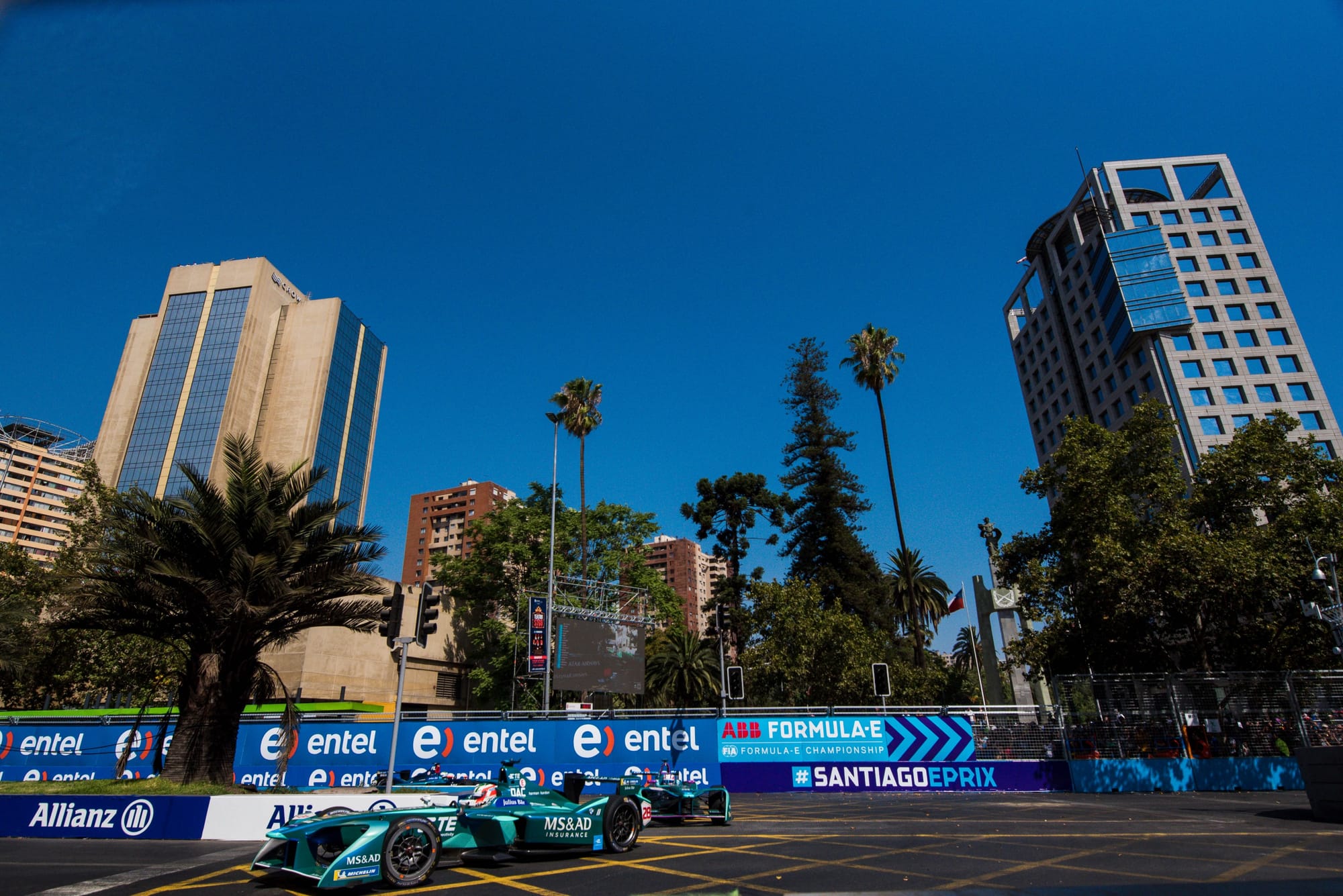
Most of the one-off races were financially difficult too and backing away from such races has happened as a result.
The question many are asking though now, is if Formula E manufacturers and teams are losing out in marketing impact as a consequence.
The fact that a return to China is being held at a track almost an hour outside of Shanghai (Formula 1’s Chinese Grand Prix track) and the United States race is held in the 26th-biggest (by population) city in America – Portland - makes it feels as though the days of ambitious ‘take the racing to the beautiful urban people’ strategies are over.
To an extent that feeling will be diluted by having a ‘holy grail’ race in Tokyo but even that has been cherry picked because it uses an area away from the city centre itself, just as London has with the ExCeL Arena.
The balance has shifted, and while the new approach proves operationally more efficient and financially less risky, losing the out-and-out challenge of gnarly city centre tracks doesn’t sit well with drivers.
Drivers want more street tracks
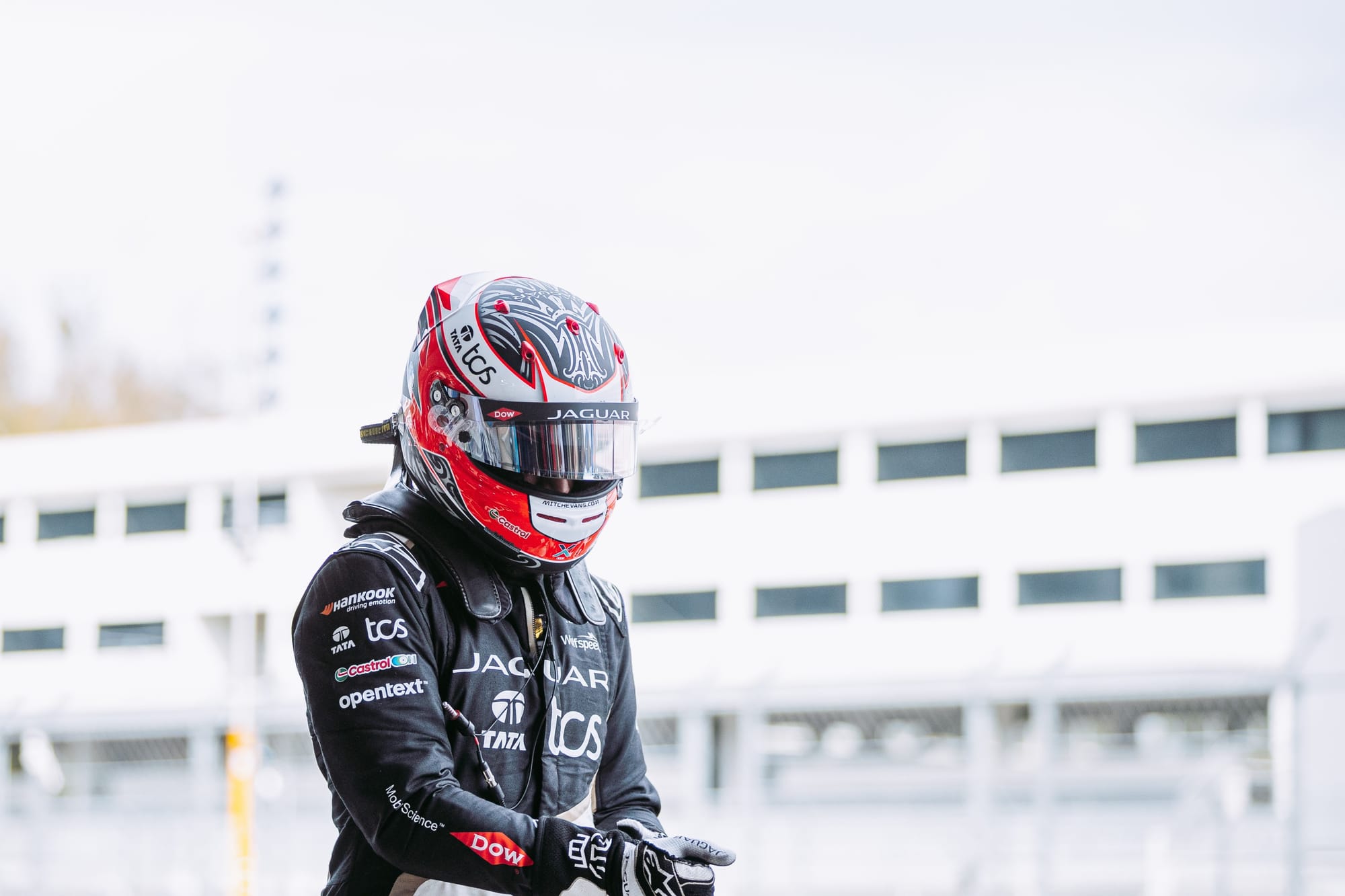
“I love street tracks just from a personal point of view,” Jaguar’s Mitch Evans told The Race.
You’ll struggle to find a driver in Formula E who has a different opinion to him, yet the considerations of drivers are low on the FIA and Formula E totem pole when it comes to forming a calendar.
“I feel like street tracks are what this [Gen3] car is really designed for,” Evans adds.
"I know there's other reasons why we're going to these [permanent] tracks, but it's a shame that we're not going to as many street tracks this year.”
Another driver famed for his dexterity on street circuits is ERT’s Sergio Sette Camara, and he has even stronger views on the fading out from street tracks to permanent circuit, saying that street circuits “differentiate the championship, but it has been a model that hasn’t worked so well in the sense that you always need government approval.”
“Politicians will use it for popularity reasons, like we had in Korea and they rip up a five-year contract like it’s nothing,” he adds. “So that’s a problem in the model.
“Either it has to be thought differently in a way so that we can create roots in a certain city that we will race there for 10 years, 15 years – not race for two-three and then never go there again. Or we have to move to the permanent ones.
“The way I see it is it’s good because we’ll finally start building a calendar that will be repeated like in Mexico where we have a good attendance.”
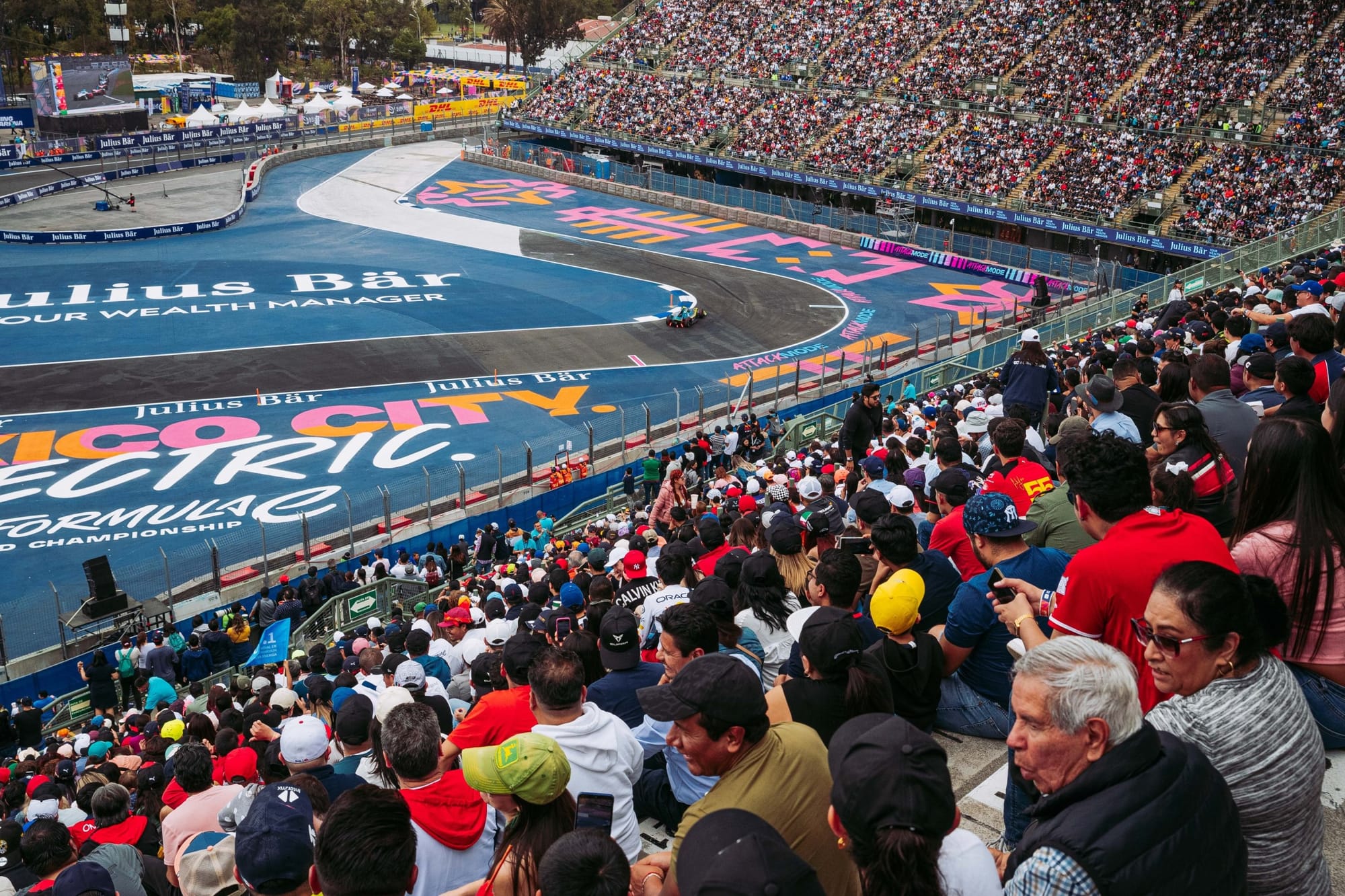
Sette Camara’s team-mate Dan Ticktum broadly agrees but comes at it more from a personal driving satisfaction point of view, based on the technical parameters of the current Gen3 car.
“I don’t like it, personally [FE moving away from street tracks],” he told The Race.
“Where the championship is at the moment, the cars are very low-drag, we’re focused on efficiency, which I think is great.
“I think the whole image of being in a city centre and promoting electric sustainability and transport in the middle of a city is very important.
"The more we stray away from that, the more I think it’s not a good idea.”
Stability in the calendar is also something that drivers are fully aware of and senior drivers have seen how a splintered schedule affects the series.
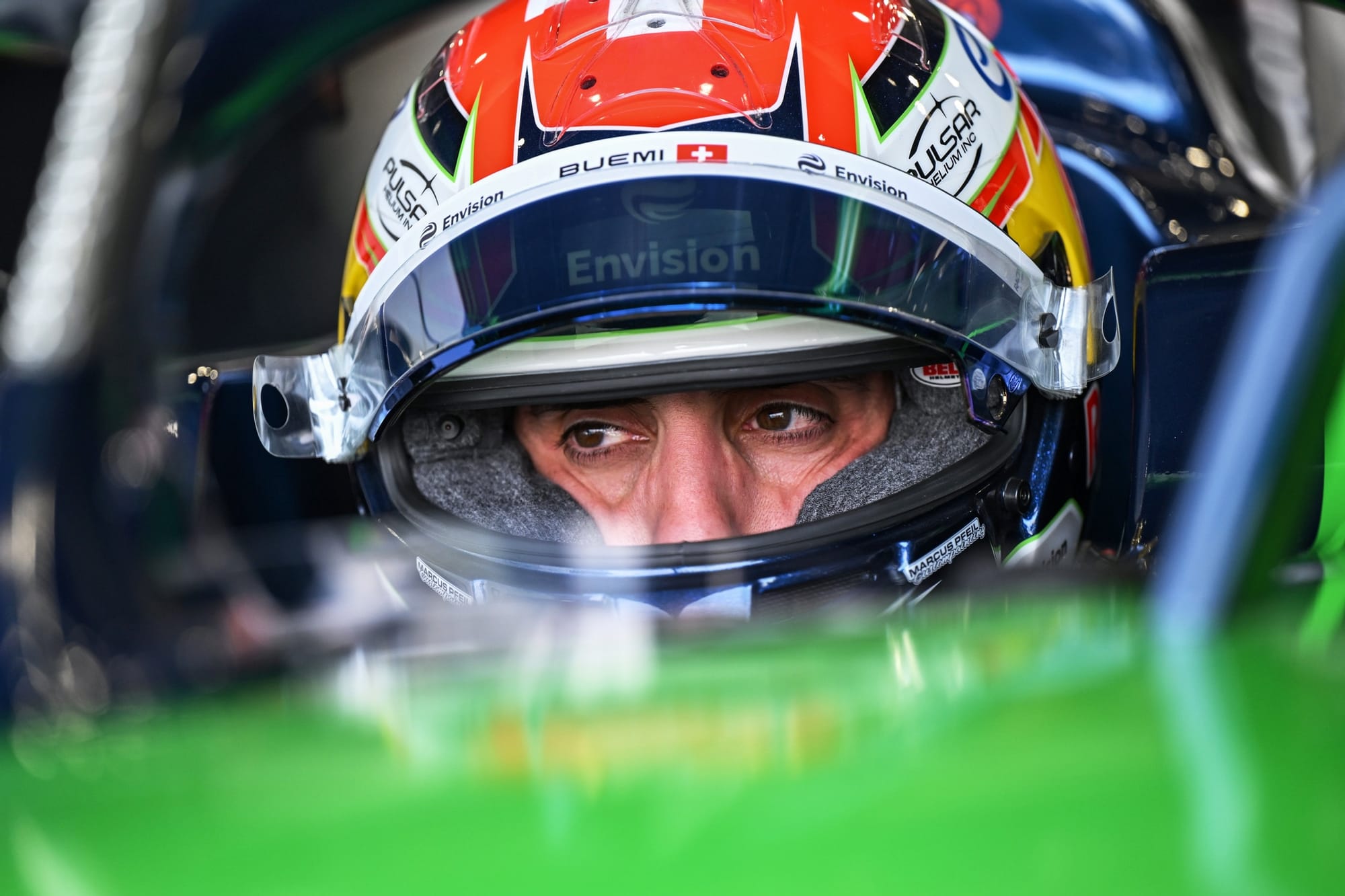
“What we need is stability, we’ve seen it, we’ve said it, we’ve discussed it and everyone acknowledges it now,” the series' veteran and second-ever champion Sebastien Buemi told The Race.
“The stability of the calendar is important for the partners, for the fans, and for credibility.
“Having a change of calendar a few weeks before the first race is not ideal.
“So, I guess the only way to gain real stability is to go towards more conventional circuits. Even if the government was to change in one of those countries where we race [on permanent circuits] – in Portland or Shanghai – I don’t think it would impact the race itself.”
Whether such circuits are the right showcase for FE on track remains up for debate. The extreme energy-saving and abundance of not-exactly-genuine overtaking at Portland - where Formula E logged 403 overtaking moves - was certainly divisive.
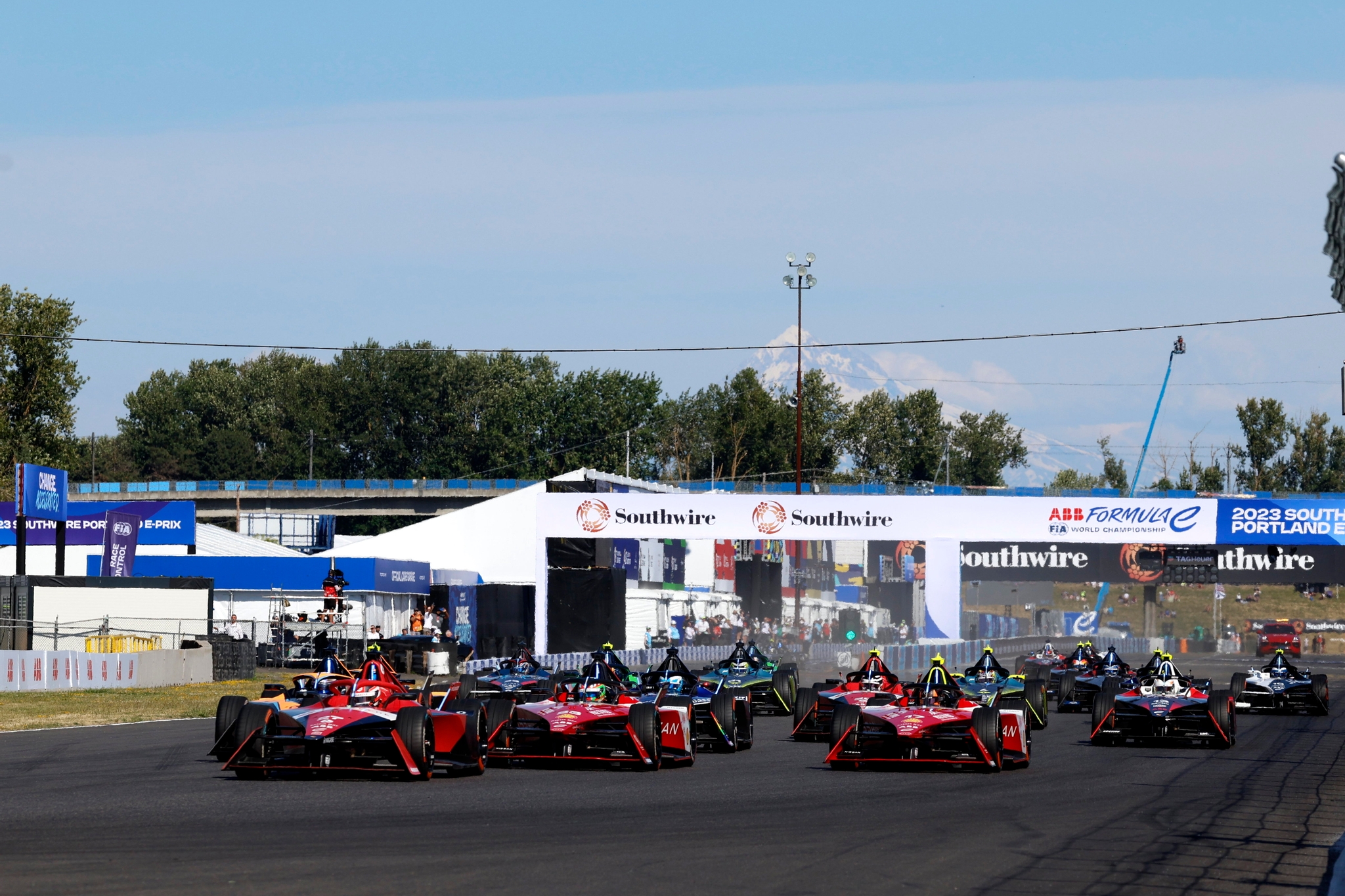
“Do I think it creates good racing?” muses Buemi.
"I don’t know. The last 10 laps of Portland, I quite liked them; watching them on TV it looked fast, it looked quite good.
“The first laps I didn’t like so much.”

